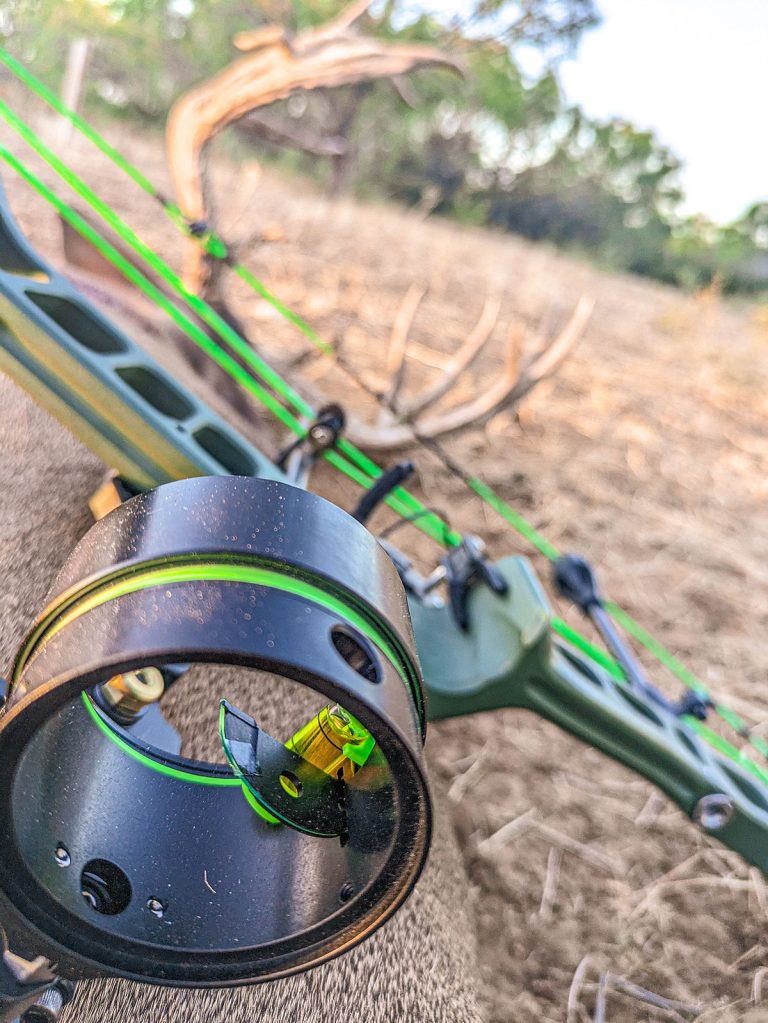When I picked up my first bow in the late 1990’s, the options for accessories were slim pickin’. Back then, even the process of choosing your next bow wasn’t one that usually took more than 15 minutes. All that you really had to choose from was whatever shot the best from what they had in stock. And, similar to the bows, options for bow sights were equally as simple between a fixed pin or if you were an experienced treestand hunter, maybe a pendulum sight(now I sound old, I know). And when it came right down to it, either sight would do the trick come deer season, but they both had their shares of ups and downs. Fast forward to shopping for a new hunting rig today and the world is your oyster. Between a plethora of quick shooting bows and plenty of different sight options, you could design a bow to meet your exact hunting specifications.
And much like the new generation of bows, bow sights have come leaps and bounds from the early days too. In the current archery world, two sight designs dominate the crowd, the fixed pin and the single-pin slider. Fundamentally speaking, both sight designs should do the exact same thing in the end, which is to present you with a clear pin to use to hit your target. How they both get there however, are two different things. With bow sights being better than ever before, one question still remains, “which bow sight is right for me?”. And, you are the only person who can decide that. Not your friends and not the guys at the bow shop.
The Fixed Pin Sight
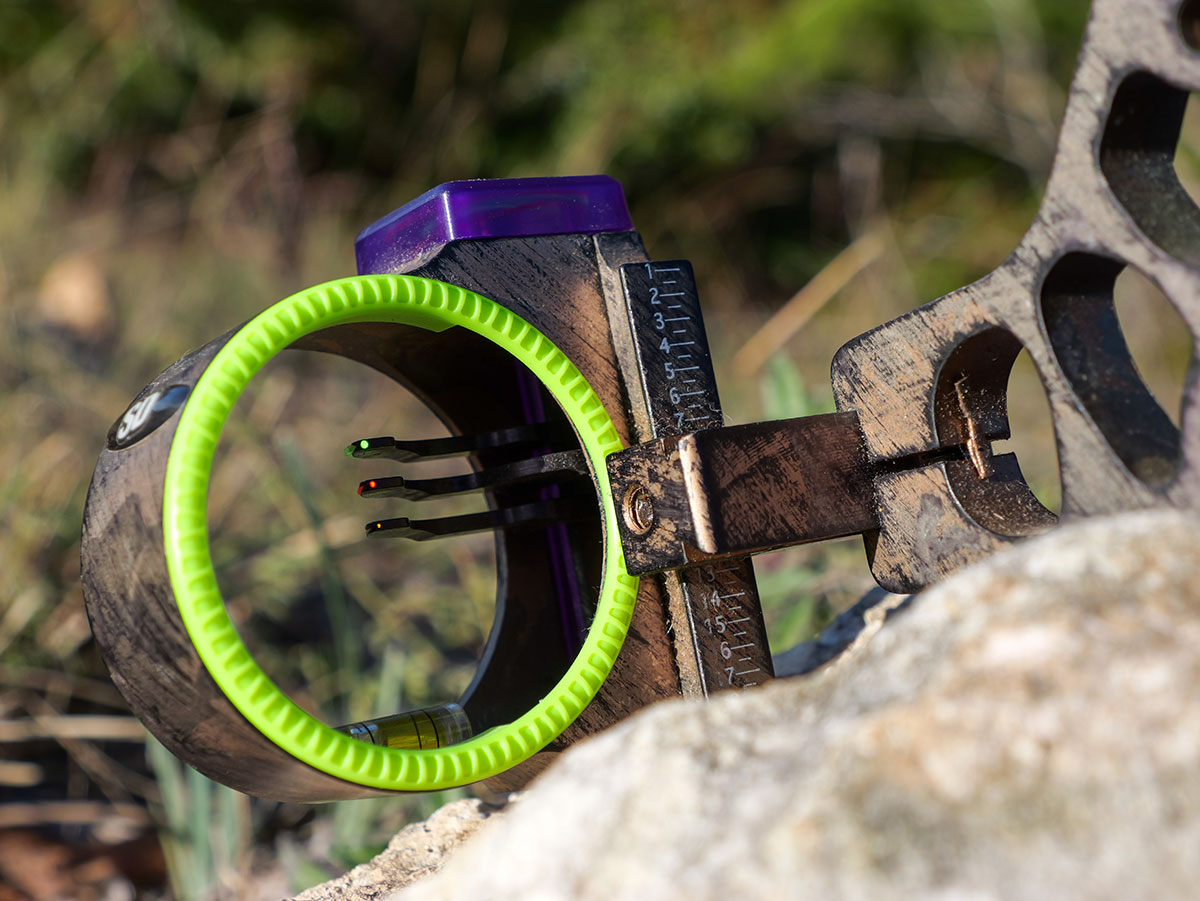
An icon that has been around the archery community for ages and one that has proven time and time again that it will always be a popular choice for hunters. I’d be willing to bet that 90% of bowhunters have had a fixed pin bow sight at one point or another on one of their rigs. Simply stated, they’re easy to set-up and are fully customizable to whatever your desired target ranges are.
Despite a rather simplistic design, companies have found smart ways to innovate them over the years, like having the ability to adjust the pins in micro-increments. This is a big deal if you’re old enough to remember back to the early versions of this style where the adjustments were pretty loose with a hex key, so tightening up your group could be a grueling task. So between pin adjustability and having set distances always ready to go, the fixed pin bow sight is one that is always comfortable to shoot.
The Upsides
Set Yardage Pins
Having set yardage pins is a great advantage when you’re hunting areas that have limited shot distances. For me personally, having three pins set for 20, 30 and 40 yards has always been a solid setup for the hardwoods of the Northeast and even the cactus covered flats of South Texas. Candidly, I don’t typically feel comfortable making shots past 40 yards on whitetail for many reasons. For one, the “string jump factor” can happen and as someone who shoots an honest 65 pound bow, I know that the odds of that happening on longer distance shots goes up astronomically. Secondly, in dense hunting scenarios, like timber, the probability of hitting a limb increases with each step taken and I’m not going to push my luck past 40 yards. So having a few set distances(for me I prefer 3 set pins), gives me all of the resources I need in tight territory to make a good shot, quickly.
Ability to Use Different Pin Sizes
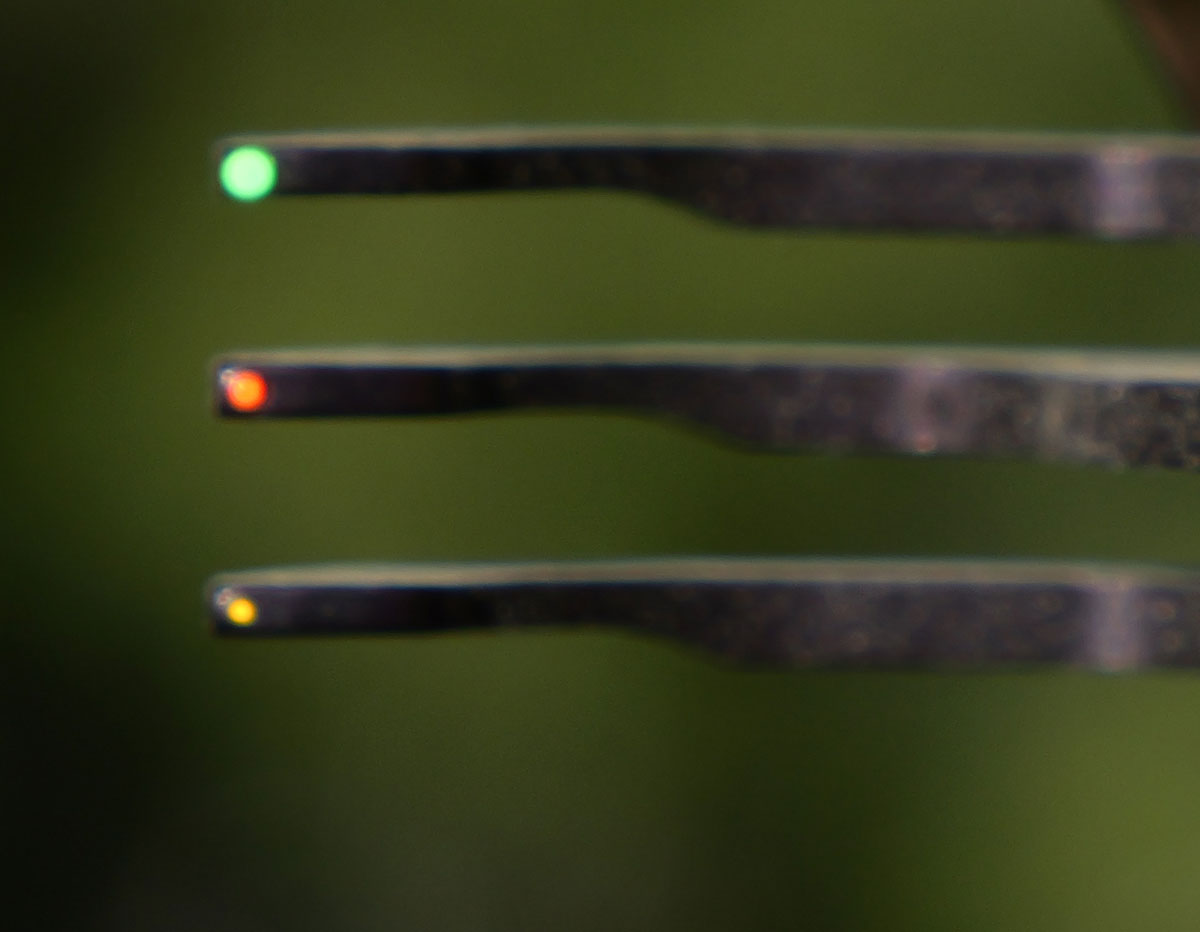
The obvious challenge with having multi-pin sights is that there could be the issue of target coverage at greater distances. Many of the top producing manufacturers now actually give you the ability to install smaller pin sizes for your lower pins, which gives you a much better window when aiming. For something that might sound trivial, especially for something that is .019 tenths of an inch, it’s a very big deal. Between alternating colors and sizes of pins, you can actually customize your fixed pin sight to be much more strategic, helping you hit the bullseye on those longer shots. Generally speaking, a .019’’ pin as your first pin and possibly second pin, followed by .010’’ pins is a good rule of thumb for increasing target visibility at greater distances.
The Not-so Upsides (they’re not negatives, they’re just not upsides, alight!)
Gap Shooting
Regardless of what the pins are dialed-in at, gap shooting becomes a real thing when you’re not shooting at those exact distances. And though holding over or under your target isn’t exactly a complicated task, it can become daunting in the heat of the moment when a good shot presents itself. The greater the gaps between your pins, means the more guessing on where to hold at unmarked distances. Again, it’s not the end of the world, but it does come down to just how comfortable you are without having an exact pin in place.
There’s A Lot to Look At
Some of the fixed pin options on the market give you the ability to have 7 set yardage pins at the ready. For these sights, I’ve found that the complexity of your target picture drastically dwindles when you’re shooting at a range somewhere in the middle of your pins. Now, is it nice to have all of these pins ready to go whenever you need them, why yes it is. However, how comfortable are you deciphering which pin is which when you’re trying to pick a spot on a buck that’s chasing a doe?
The Single-Pin Slider Sight
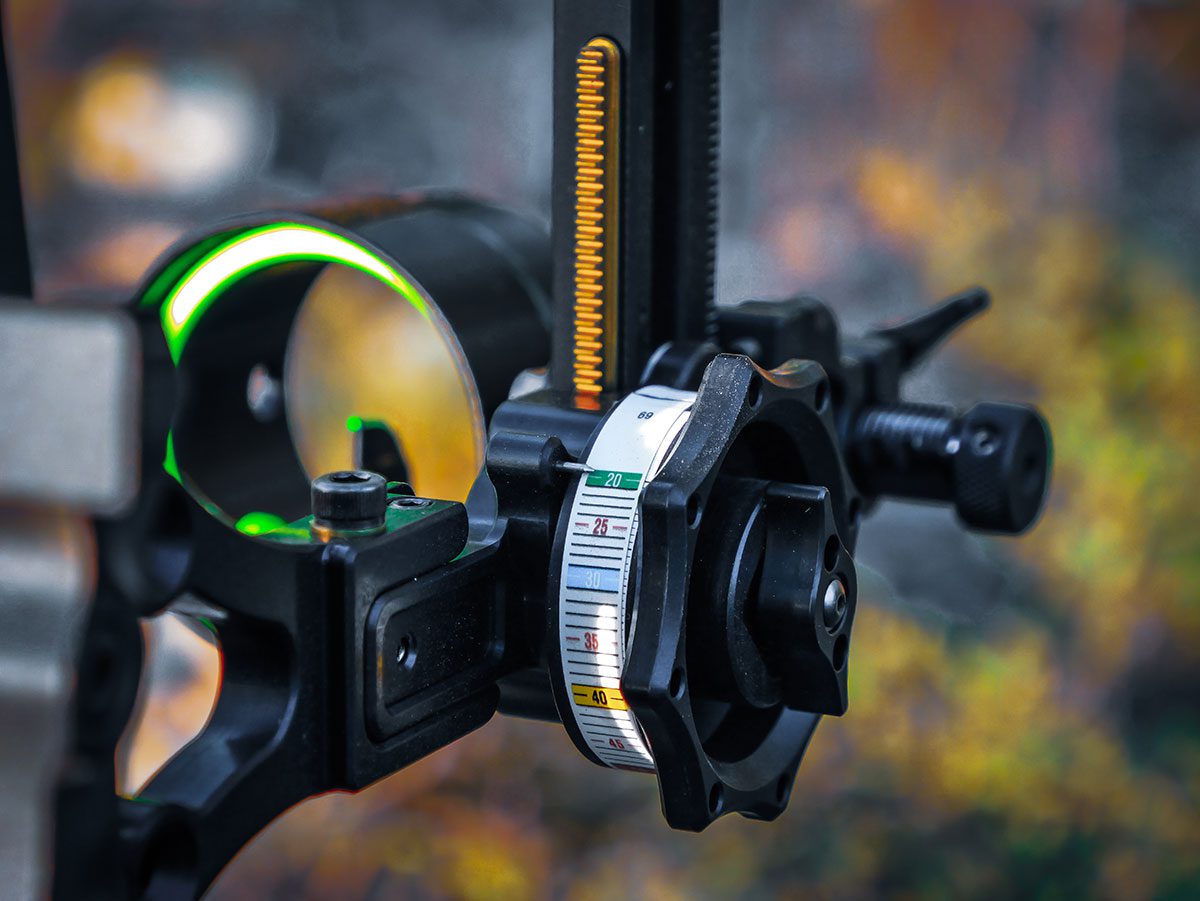
Slider sights have gained a lot of traction in recent years, especially from the Western big game hunting community, and for good reason. The fact that you can have virtually any given yardage pin at the ready is a very tempting one, particularly when hunting in open terrain. But like the fixed pins, these sights also aren’t the right choice for everyone.
To me, having an exact pin in the field is a very reassuring thing. It might sound odd, but it builds an abundance of confidence knowing that all the guesswork has been taken out of aiming. There just is no guesswork. If you focus on the setup process and really take the time to find the exact sight tape that matches your setup, accurately shooting arrows into an 80 yard bullseye can be easily done. However, finding that exact pin is only as good as your rangefinder is. Though this certainly isn’t a knock against some rangefinders, it is a word of caution. Having been the unfortunate victim of a couple of un-rangable scenarios, trying to guess what exact yardage is while setting the dial on your sight is a frustrating one.
The Upsides
Low Light Performance
Let’s face it, much of the best hunting happens early in the morning and as the sun is setting well into the evening and during these times, low light is just an unavoidable scenario. In these circumstances, single pin slider sights have a clear advantage when aiming, as focusing on one small illuminated dot is much easier than it is with several.
Multiple Arrow Setup Capability
If you’re seeking out multiple different types of animals in a season, there’s a good chance that your arrow configuration might vary significantly. With these different setups, comes different trajectory, speed and point of impact. And one of the really beneficial pieces of a slider sight, is often the ability to have a second wheel that is configured to another arrow build. So switching from your early season elk arrow back to a whitetail arrow can literally be done in a few minutes at camp. This absolutely beats having to sight your bow in everytime you switch arrows.
Excellent long-range use
When a bugling elk is making his way across a ridgeline in front of you, there’s just no telling where he’s going to stop. For scenarios like these, an adjustable sliding sight is a total game changer. Again, the confidence factor of making a shot at long range when you have the exact pin that you need will soar. Admittedly, I’ve never been much of a long range shooter, but switching to this type of sight has actually increased my long-range ability drastically simply from the installation process. For my particular HHA Tetra bow sight, matching the right sight tape to my bow meant shooting a good group at 60 yards. And, while I’ve shot at that distance in the past, I’ve never done so consistently and confidently like I did with this type of sight. Without a doubt this type setup made me a more proficient long-range archer.
The Not-so Upsides (they’re not negatives, they’re just not upsides, alight!)
Requires movement in the field
One of the obvious pieces to the mechanics of a sliding bow sight is that you need to adjust it to properly align with the distance that you plan on shooting. Prior to making a shot, you must first range your target and then adjust your sight, while maintaining an eye on your intended target… all without being noticed. Now, it sounds more difficult than it is, but I can promise you that the added step of adjusting your sight can be something that is just enough to make a situation difficult if you’re not prepared. So, it’s important to practice adjusting your sight at the range plenty of times before being put into that situation.
It’s Easy To Make Really Simple Mistakes
Allow me to be the target here, since I’m happy to admit that I’ve made some really avoidable mistakes with these types of bow sights. It’s really critical that you double check your sight each time before you shoot. Whether you just came from the range or from your last hunt, sometimes the slider can be set to your previous distance and it’s really frustrating to miss a chip shot. For example, I had my sight on the 30 yard pin from the day before, called in a strutting gobbler to my 20 yard decoy and sent it straight over him. An absolutely avoidable and silly mistake on my part, but it could happen. It’s also possible to adjust your sight to the wrong yardage if you’re trying to keep tabs on your target and make adjustments at the same time. This could also give you unfavorable outcomes.
So, back to the original question: “what is the right pin for your bow?” I’d say that it comes down to one determining factor, which is what are you most comfortable and proficient using? Both sights can be used for all of the same hunting scenarios, but provide two very different operational experiences. In the end, what is most important is whatever you shoot the best and what you feel that gives you the best functionality in the field. As someone that has switched back and forth between both types of sights over the years, I can tell you that one isn’t better than the other, they’re just different to work with. And, as different as they both are from one another, both types of sights have allowed me to have many successful bowhunts.
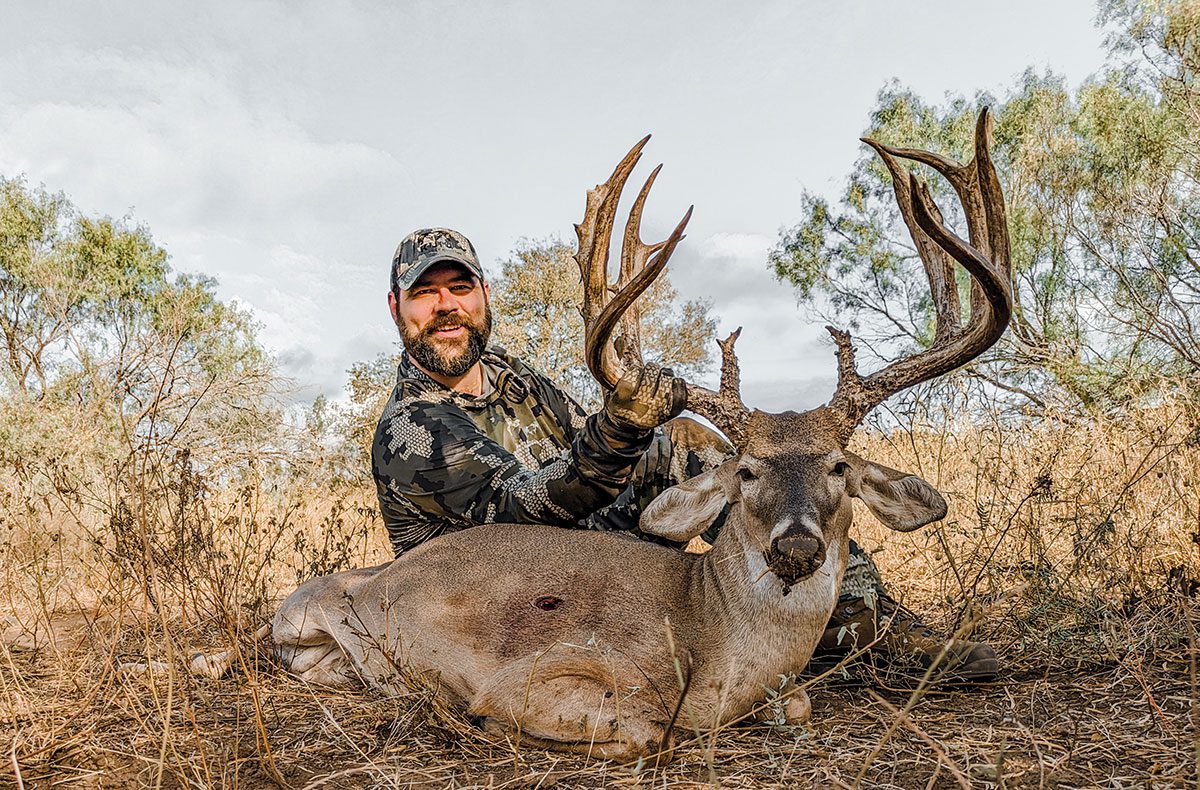
Per our affiliate disclosure, we may earn revenue from the products available on this page. To learn more about how we test gear, click here.





